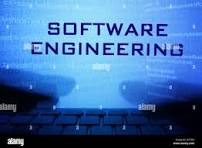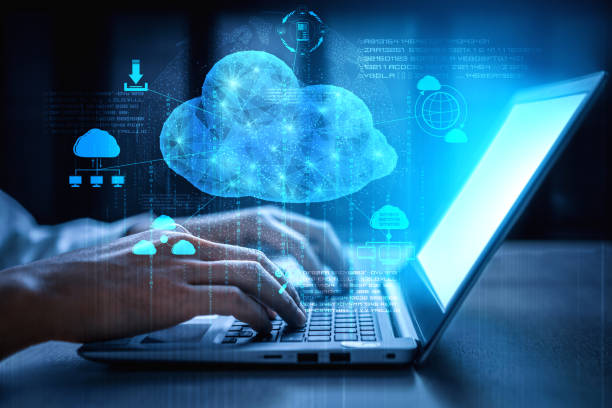When you need to remain connected to storage and services wherever you are, cloud computing can be your answer. Cloud computing services are innovative and unique, so you can set them up to fit your needs.

Software engineering is a branch of computer science in which engineering principles and methods are applied to the design, development, testing, and maintenance of software.

- Teacher: Admin User




